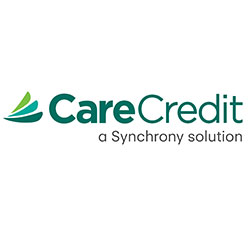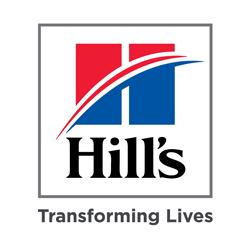|
Category
|
Roles
|
|
Appointments/Initial Assessments
|
CSR:
- Obtains initial information, reason for visit, previous medical records
|
CrVT (with VA):
- Collect data
- Obtain the relevant history
- Perform initial triage
- Note problems found
- Create preliminary diagnostic plan (i.e., if patient is pale, order CBC)
- Start basic level of care or initial diagnostics (i.e., collect ear swab samples for cytology)
- Present case to veterinarian
|
Veterinarian & CrVT:
- Patient assessment and agreement/prioritization of problem list
|
Veterinarian:
- Gives presumptive or working diagnosis
- Creates therapeutic plan and recommendations
- Predetermines case management check-ins with CrVT
- Writes prescriptions and/or performs surgery
|
CrVT & Team:
- CrVT creates and facilitates nursing plan
- CrVT develops and facilitates/delegates patient discharge information and keys to clinical outcome success
- CrVT sets and performs follow up & recheck appts
|
|
Initial Assessments/ Emergency Situations
|
CSR:
- Obtains initial information, reason for visit, previous medical records
|
CrVT (with VA):
- Collect data
- Obtain the relevant history
- Initial triage and patient assessment
- Note problems found
- Create therapy plan based on agreed protocolized medicine (algorithm) (SOPs, i.e., if/then steps)
- Order diagnostics (i.e., if patient is pale, order CBC)
- Initiate basic level of care (i.e., if patient is blue, start oxygen)
- Present case to veterinarian
|
Veterinarian & CrVT:
- Patient assessment and agreement/prioritization of problem list
|
Veterinarian:
- Gives presumptive or working diagnosis
- Creates therapeutic plan and recommendations
- Predetermines case management check-ins with CrVT
- Writes prescriptions and/or performs surgery
|
CrVT (with VA):
- Carries out diagnostics and therapeutic plan
|
CrVT & Team:
- CrVT creates and facilitates nursing plan
- CrVT develops and facilitates/delegates patient discharge information and keys to clinical outcome success
- CrVT sets and performs follow up & recheck appts
|
|
Anesthesia and Surgery
|
CrVT (with VA):
- Conducts patient assessment
- Initial pain score
- Prepares anesthesia/analgesia protocol
(as per protocol(algorithm)/veterinarian direction)
- Creates surgical plan
- Equipment
- Preoperative preparation
- Monitoring
- Incision documentation
- Postoperative pain score
|
|
|
CrVT
- Monitors anesthesia and pain
- Incision documentation and surgical record keeping
- Postoperative pain score
- Facilitates nursing care with team
- Communicates patient updates to clients
- Prepares and gives discharge instructions
- Creates a follow up and recheck appointment plan
|
|
Triage & Teletriage*
(with established VCPR)
|
All Team Members:
- Demonstrate a clear understanding of definitions for Telehealth/Triage/VCPR
- See the AAHA/AVMA Telehealth Guidelines at aaha.org/telehealth for definitions and more information.
|
CSR:
- Initial response (collects signalment and historical information); or
- Automated information collection for what can be collected
|
CrVT
- Performs teletriage:
- Asks questions to collect more clinical information, photos, and video
- Uses critical thinking skills to ask differentiating questions
- Synthesizes generalized problem list
- Makes recommendation on action: ER, schedule in-person appointment with veterinarian, home care/education, and/or builds plans from SOPs previously approved by a veterinarian
|
Veterinarian:
- Diagnoses problem and reviews tests
- Prescribes treatment
|
CrVT
- Performs teletriage:
- Schedules necessary tests, communicates with client, performs treatments, prepares discharge & educational information for client
- Prepares follow up plan
|
|
Telehealth*
(follow up appointments and check ins, rechecks)
|
CSR:
- Schedules telehealth appointment with CrVT based on treatment or discharge plans
|
CrVT
- Performs telehealth appointments remotely— can include:
- Post-operative rechecks (such as incision checks)
- Post diagnosis
- Check in visits for chronic diseases/senior pet care:
- Restates disease pathophysiology
- Restates outcome/prognosis discussions
- Reinforces the timing of repeat labs & reasoning for continued monitoring
- Schedules appointments for sample collection when deemed necessary
- Reinforces medication expectations/compliance and discusses:
- Challenges to compliance
- Lifestyle changes
- Exercise routines
- Nutrition
|






